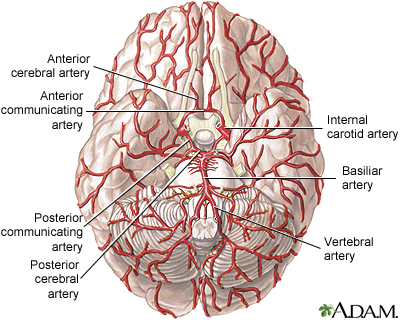

Some larger molecules, such as glucose, can gain entry through transporter proteins, which act like special doors that open only for particular molecules. The tight gap allows only small molecules, fat-soluble molecules, and some gases to pass freely through the capillary wall and into brain tissue. In the capillaries that form the blood–brain barrier, endothelial cells are wedged extremely close to each other, forming so-called tight junctions. Endothelial cells line the interior of all blood vessels. We now know the key structure of the blood–brain barrier that offers a barrier is the “endothelial tight junction”. While this showed that a barrier existed between brain and blood, it wasn’t until the 1960s researchers could use microscopes powerful enough to determine the physical layer of the blood–brain barrier.

To his surprise, the dye infiltrated all tissues except the brain and spinal cord. The blood–brain barrier was discovered in the late 19th century, when the German physician Paul Ehrlich injected a dye into the bloodstream of a mouse. Whereas the skull, meninges and cerebrospinal fluid protect against physical damage, the blood–brain barrier provides a defence against disease-causing pathogens and toxins that may be present in our blood. As the name suggests, this is a barrier between the brain’s blood vessels (capillaries) and the cells and other components that make up brain tissue. Both provide further defence against physical injury.Īnother protective element is the blood–brain barrier. The most obvious is our 7mm thick skull, but the brain is also surrounded by protective fluid (cerebrospinal – of the brain and spine) and a protective membrane called the meninges. The brain is precious, and evolution has gone to great lengths to protect it from damage.


 0 kommentar(er)
0 kommentar(er)
